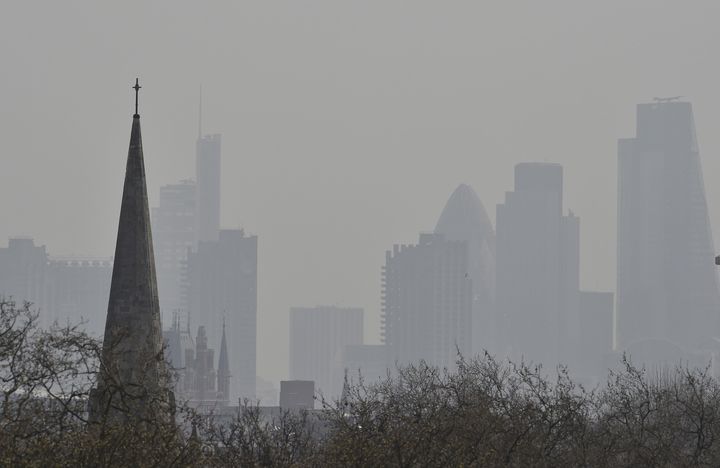Port Talbot has been named as the most polluted place in the country.
The steel town is the worst affected in a list of some 47 UK towns and cities that are either at or have broken the World Health Organisation’s annual limit of 10 micrograms per cubic metre.
The figures are part of the WHO’s newly update ambient air quality database that includes air pollution readings for some 4,300 cities spanning over 100 countries.
The new figures were released by the WHO along with the revelation that a staggering 9 out of 10 people around the world are still breathing polluted air, causing around 7 million deaths around the globe every year.
Port Talbot was found to have almost double the limit on fine particle air pollution levels, recording 18 micrograms per cubic metre. Closely followed behind Port Talbot was Scunthorpe, Salford and Sandy all three of which had levels of 15 micrograms per cubic metre.

Cities such as London and Liverpool breached the limits as well recording levels of 11 and 12 micrograms per cubic metre respectively.
The figures are in reference to fine particles known as PM 2.5. These fine particles can penetrate deep into the lungs and cardiovascular system and as a result can cause many diseases including stroke, heart disease, lung cancer, chronic obstructive pulmonary diseases and respiratory infections including pneumonia.
Here in the UK, it’s believed that around 40,000 deaths every year can be made attributable to exposure to outdoor air pollution.
The UK’s most polluted towns and cities (micrograms per cubic metre):
Port Talbot: 18
Scunthorpe: 15
Salford: 15
Gibraltar: 14
Thurrock: 14
Gillingham: 13
Manchester: 13
Swansea: 13
Carlisle: 12
Chepstow: 12
Eccles: 12
Grays: 12
Leeds: 12
Leicester: 12
Liverpool: 12
Nottingham: 12
Plymouth: 12
Prestonpans: 12
Royal Leamington Spa: 12
Sandy: 12
Sheffield: 12
Stoke-On-Trent: 12
York: 12
Coventry: 11
Hull: 11
London:11
Londonderry: 11
Middlesbrough: 11
Norwich: 11
Southend-On-Sea: 11
Stockton-On-Tees: 11
Storrington: 11
Wigan: 11
Many of the UK’s cities also have air quality levels that far exceed the safe guidelines set out by the World Health Organisation. London broke its annual air quality guidelines in a single month this year, beating 2017 when the city broke its limits within just five days.
To try and tackle the air pollution crisis that’s currently facing the capital, London Mayor Sadiq Khan has introduced a number of tough new measures including the T-charge which charges the most polluting types of car that wish to drive through the city.
Commenting on the WHO figures, Simon Gillespie, Chief Executive at the British Heart Foundation believes that while admirable, the UK government has much more to do.
“These figures from the World Health Organisation (WHO) show that as a country we still have a long way to go in the fight against air pollution, with several UK cities exceeding the air quality standards needed to protect health.” he said.
“We know there is a strong link between poor air quality and heart health with almost six in ten global deaths (58%) related to outdoor air pollution caused by a heart attack or stroke. Our research has shown that air pollution, particularly from small particles in diesel fumes, increases the risk of these potentially deadly occurrences therefore it’s vital that the Government takes immediate action in order to tackle this urgent public health crisis.”

